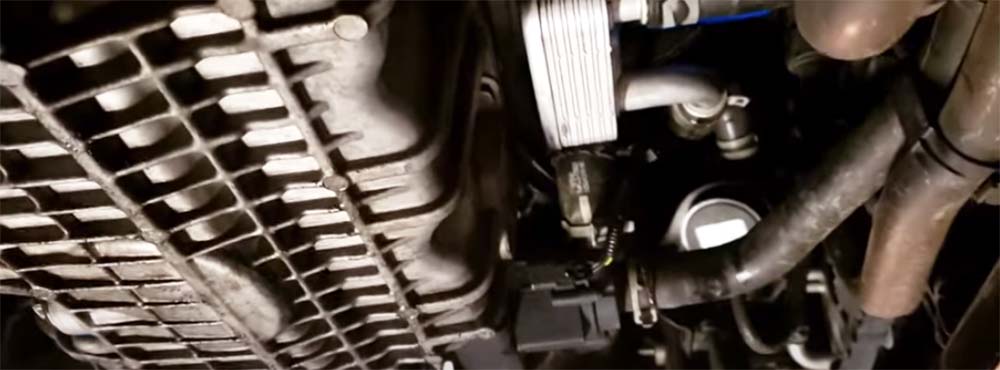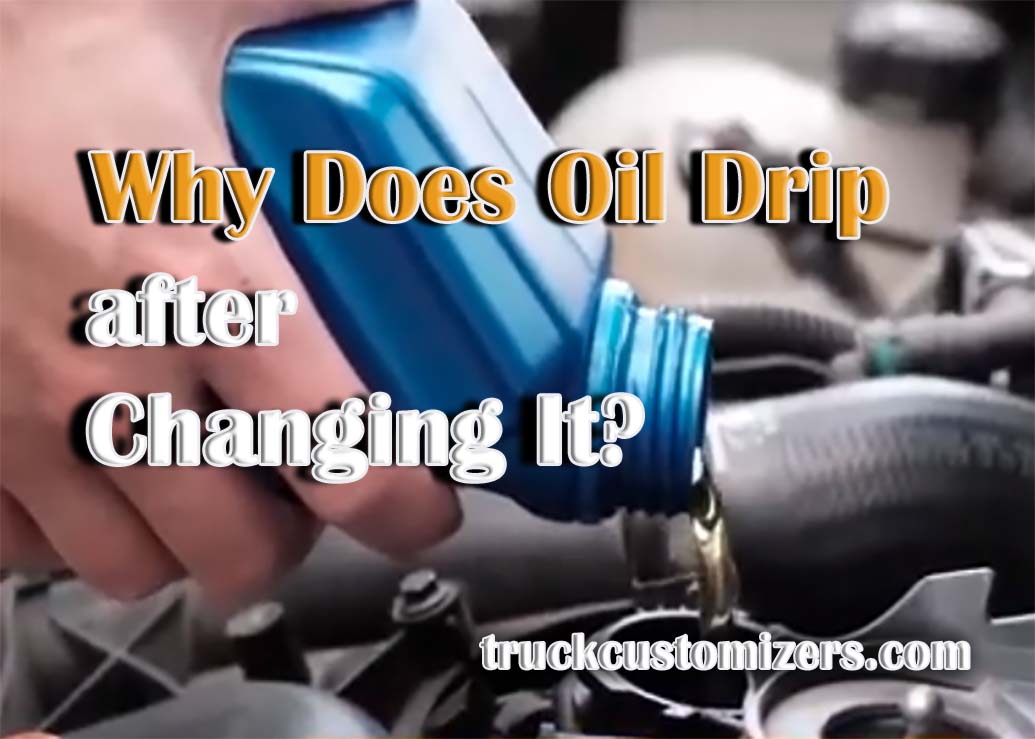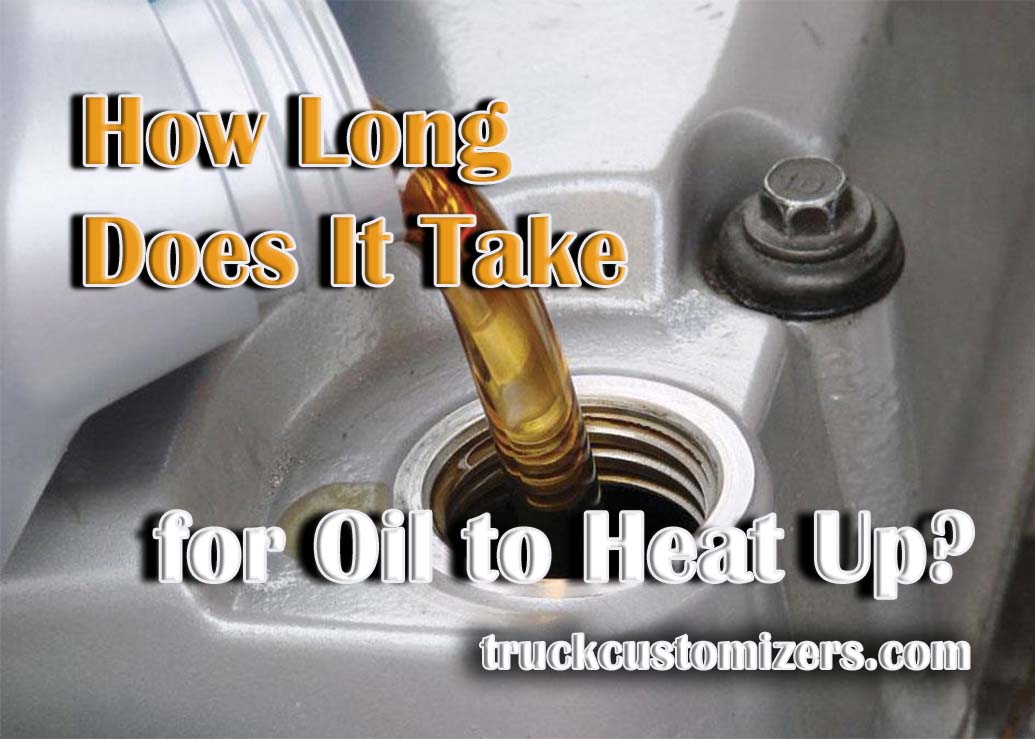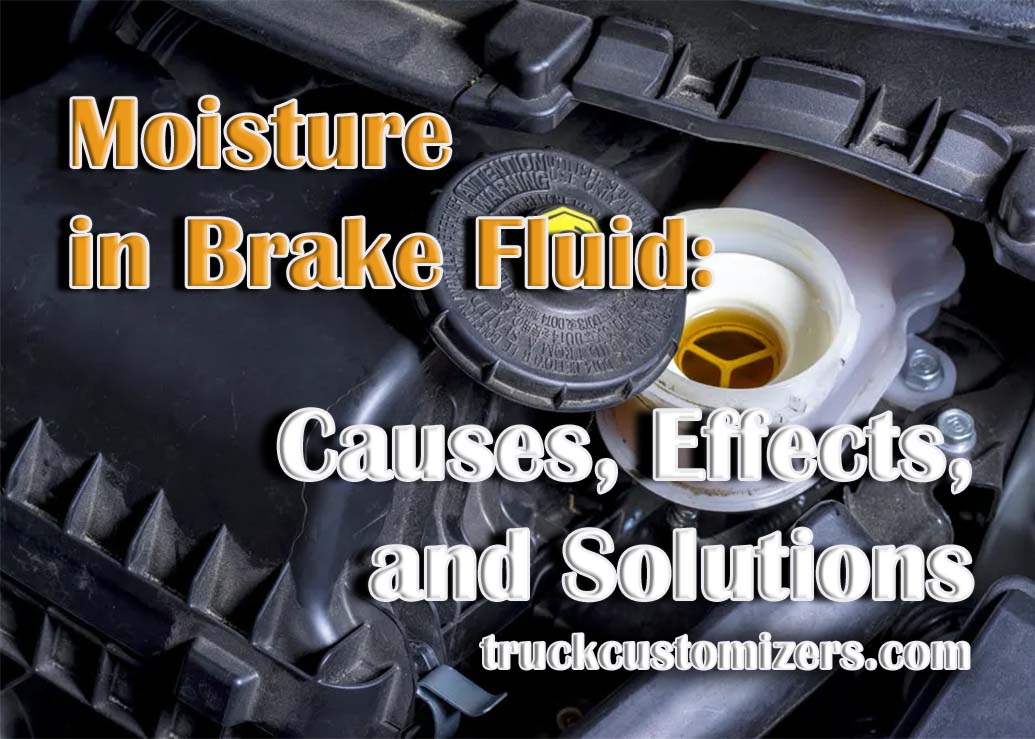When you change the oil, you’re essentially replacing old, dirty, and thickened oil that has accumulated contaminants over time. Fresh oil provides the necessary lubrication to engine parts, preventing excessive friction and the consequent wear and tear. However, the simple act of draining the old oil, swapping out the oil filter, and pouring in the new oil can sometimes be accompanied by unforeseen issues. One such commonly observed anomaly is the appearance of oil drips post the service. Such a sight can be unsettling, prompting car owners to question if something went wrong during the procedure. A deeper dive into the mechanics and intricacies of oil changes can offer insights into the potential causes of this issue.
Common Causes of Oil Drip After Changing Oil
The sight of fresh oil patches or even a few stray drops beneath a car, especially after you’ve just had the oil changed, can evoke concern. Delving into the potential reasons for this occurrence can equip car owners with the knowledge to address it promptly:
-
Oil Filter Issues: If the oil filter isn’t seated correctly or isn’t tightened sufficiently, it can be a direct source of leaks. The filter is pivotal in cleaning the oil and preventing contaminants from circulating within the engine. A misaligned or loose filter disrupts this process.
-
Overfilling of Oil: During the oil change, if the mechanic pours in more oil than the engine’s capacity, it can lead to overflow. This excess oil might find escape routes, leading to those dreaded drips.
-
Damaged Oil Pan Seal or Gasket: This seal serves as a barrier, ensuring the oil stays within the confines of the oil pan. Age, wear, or even accidental damage can compromise its integrity, leading to leaks.
-
Incomplete Draining of Old Oil: Sometimes, remnants of the old oil aren’t drained thoroughly. When new oil is added, these remnants might get displaced and result in drips.
Recognizing these causes not only provides clarity but also empowers vehicle owners to take proactive measures during subsequent oil changes.

The Importance of Using the Right Oil
While addressing drips is essential, it’s equally crucial to underscore the significance of using the right kind of oil for your engine. Different engines have varying requirements, and matching the oil to these specifications ensures the engine’s optimal functioning. For instance, the 5.4 Triton engine has its unique needs. Selecting the wrong oil type can adversely affect engine performance, reduce its lifespan, and even contribute to issues like oil drips. For those keen on understanding the specifics, especially regarding the Best Oil for 5.4 Triton, we’ve detailed this in another article, offering comprehensive insights.
Preventive Measures to Avoid Oil Drips
Armed with an understanding of the causes of oil drips post an oil change, it’s equally important to know how to prevent such occurrences in the future. Proactive measures can save both time and money in the long run:
-
Check Oil Filter Placement: Always ensure that the mechanic or service technician verifies the oil filter’s placement. A properly seated and tightened filter can significantly reduce the chances of leaks.
-
Monitor Oil Levels: Post the oil change, make it a routine to check the oil levels. This ensures that the engine isn’t overfilled, thus preventing possible overflow and subsequent drips.
-
Regular Inspection of the Oil Pan Seal: Make it a practice to regularly inspect the oil pan seal or gasket, especially during routine service checks. An early detection of wear or damage can prevent potential leaks.
-
Ensure Thorough Draining: Before adding fresh oil, it’s crucial to ensure that all the old, contaminated oil is thoroughly drained. Even minute residues can, over time, lead to drips.
Conclusion
The appearance of oil drips after an oil change can be a cause for concern, but with a solid understanding of its root causes and preventive measures, it can be addressed effectively. Regular maintenance, using the right type of oil, and being observant post-service can ensure the longevity and efficient performance of your vehicle. Being proactive in addressing potential issues, staying informed about best practices, and selecting quality service providers will not only protect your vehicle but also enhance its lifespan. Remember, it’s not just about changing the oil but ensuring the entire process is done right, guaranteeing you peace of mind and a vehicle that runs smoothly for years to come.



